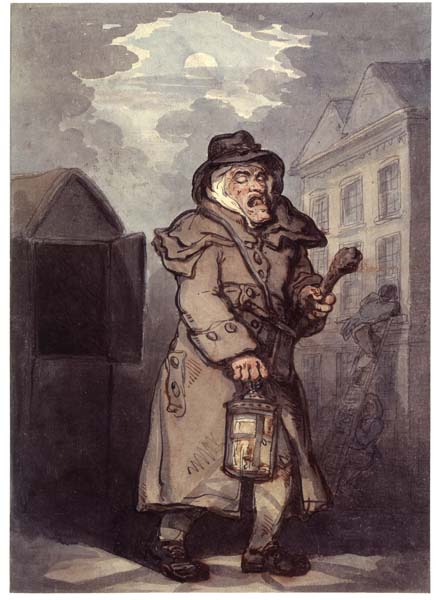Along with James Gillray, Thomas Rowlandson was the most celebrated caricaturist of the late eighteenth and early nineteenth century; his works have become defining images of Georgian London.
Rowlandson’s inclination to draw was recognised as a young age and he was admitted to the Royal Academy Schools at the age of fifteen. In 1775 he sent his first artwork to the Academy's annual exhibition, a drawing of a biblical subject. This is the only subject of a conventional historical nature he is known to have made. Rather than following the high-minded teaching of the president Sir Joshua Reynolds, Rowlandson was influenced by the romantic and macabre style of John Hamilton Mortimer, and drawn to the satirical print tradition of Hogarth. Although he obtained an academic training – and would later travel to France and Italy to study the works of the European masters – he was always dedicated to the comic potential of contemporary society.
His career as a satirical artist began in earnest in 1780 when prints after his drawing began to be published. Although he worked for various publishers, he was, from 1798 kept in almost continuous employment producing drawings for Ackermann’s ‘Repository of Arts’ publications, including the ‘Microcosm of London’ series in collaboration with Augustus Pugin (1808-10), and ‘The Three Tours of Doctor Syntax’ (1812, 1820 and 1821). During this time he also produced illustrations for Thomas Tegg’s ‘Caricature Magazine’, and illustrated novels like Henry Fielding’s ‘Tom Jones’ (1749).
The Museum of London has a collection of over three hundred works by Rowlandson, including around fifty original drawings and watercolours. These include topographical and satirical subjects, book illustrations and the ‘Cries of London’, illustrating London street sellers.








